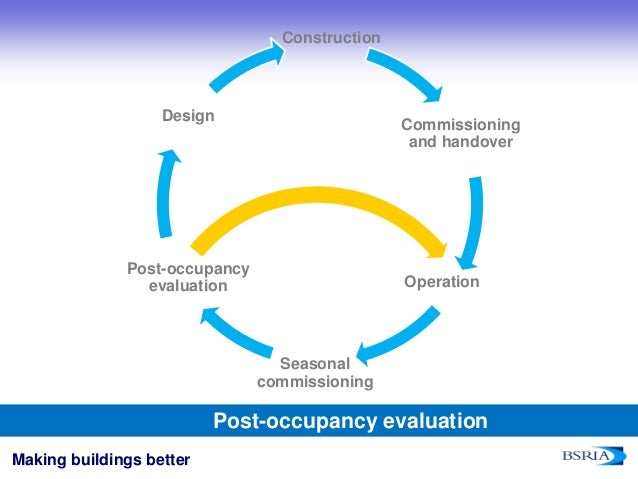The smart Trick of "The Pros and Cons of Leasing a Car" That Nobody is Talking About

Understanding the Distinctions Between Operating and Capital Leases
Leasing is a preferred option to purchasing devices or home for lots of businesses. It gives the opportunity to use assets without the upfront costs of possession. Nevertheless, not all leases are generated equal. There are two principal types of leases: operating leases and financing leases. Understanding the differences between them is important for helping make informed choices about your organization's financial method.
Running Leases
An functioning lease is a rental agreement that makes it possible for a provider to utilize an property for a limited period without supposing possession of it. At the end of the lease term, the resource is came back to the owner or can easily be revived with new conditions. Running leases are usually made use of for short-term leasings and rapidly depreciating resources, such as autos or computers.
Under an running lease, the lessor (the owner of the resource) maintains the majority of of the risks linked with ownership, featuring upkeep price and any sort of decrease in market value due to extinction or wear and tear. The leaseholder (the company leasing the property) simply spends rental fee for utilizing it during the course of a details time frame.
From an accounting viewpoint, operating lease remittances are thought about as expenditures in profit claims rather than liabilities on balance pieces. This indicates that they don't influence a business's debt-to-equity ratio or economic utilize.
Capital Leases
A funds lease, also recognized as a finance lease, transmit practically all threats and incentives linked along with ownership coming from the lessor to lessee during its term. It's structured a lot more like a acquisition than a rental agreement because at its end, you own it outright or have possibilities to acquire it at decent market value.
Under a financing lease contract, firms assume most obligations related to possessing an asset such as maintenance price and insurance coverage expenses throughout its valuable lifestyle. Because these styles of leases normally last much longer than operating ones and involve resources that are going to preserve their worth over opportunity like land or structures.
Coming from an accounting point of view, resources leases are stated on the harmony sheet as both an property and a obligation. The leased resource is documented at its present worth, and a corresponding liability is reported for the same quantity. This procedure influences economic proportions and may impact a provider's monetary health and wellness or creditworthiness.
The Differences Between Operating and Capital Leases
There are numerous essential variations between operating leases and funding leases that you must consider when making a decision which style of lease is finest for your organization.
1. Ownership: One of the most notable distinctions between the two styles of leases is possession. Along with an running lease, you never ever own the property, while with a resources lease, you possess the option to get it at decent market value or have it outright at the end of the condition.
2. Lease Term: Operating leases are generally shorter than funding leases, lasting anywhere coming from one month up to many years depending on the type of devices or property rented. Funds leases are extra extended-term setups usually lasting over a number of years.
3. Profile Treatment: As gone over previously in this write-up, accounting treatment is an additional important distinction between operating and resources leases. Operating lease payments are thought about expenses on profit declarations, while financing lease remittances have an effect on each balance sheets (as liabilities) and earnings claims (as expenditures).

4. Maintenance Responsibility: In operating leases, property owners retain upkeep responsibility throughout their phrase while in financing leases lessees suppose routine maintenance accountabilities throughout its beneficial life.
5. End-of-Term Options: Under an operating lease agreement, companies generally possess three possibilities at its end; restoring along with brand new terms; returning it to lessors or purchasing it outright if achievable even though in a money management lease lessees may have possessions outright through paying for for them upfront or by means of determined routine repayments throughout their useful lifestyle.
Final thought
Selecting between an operating or finance/capital leasing setup calls for mindful point to consider of your firm's necessities and conditions such as money flow posture, income tax effects & company objectives one of others consisting of how long a lease is and whether or not you really want to have the asset at the end of its phrase. Understanding these differences will definitely assist you make informed leasing choices that benefit your business's economic health and wellness and long-term objectives.
